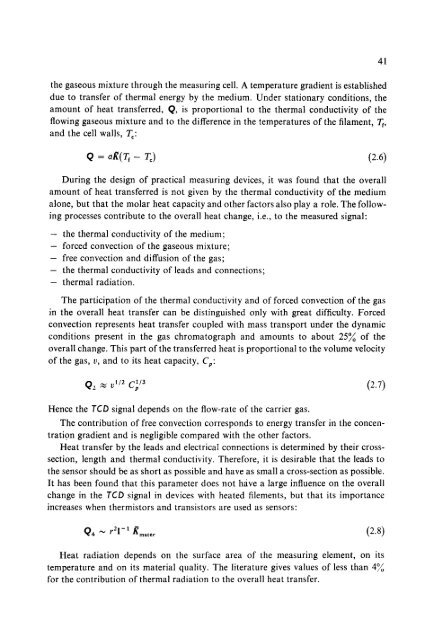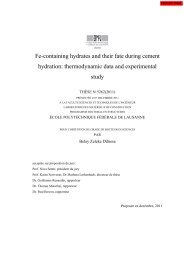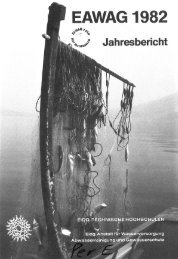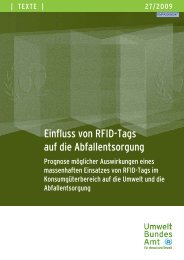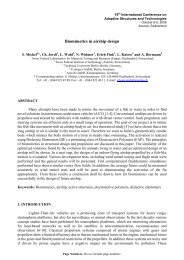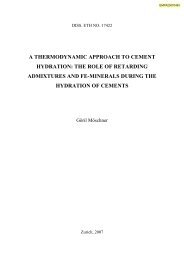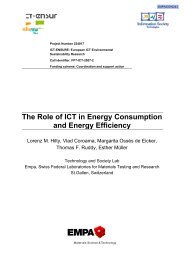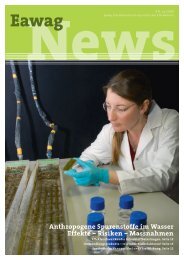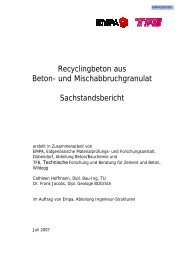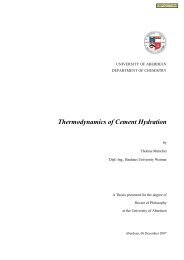2. The Thermal Conductivity Detector (TCD) - Eawag-Empa Library
2. The Thermal Conductivity Detector (TCD) - Eawag-Empa Library
2. The Thermal Conductivity Detector (TCD) - Eawag-Empa Library
You also want an ePaper? Increase the reach of your titles
YUMPU automatically turns print PDFs into web optimized ePapers that Google loves.
the gaseous mixture through the measuring cell. A temperature gradient is established<br />
due to transfer of thermal energy by the medium. Under stationary conditions, the<br />
amount of heat transferred, Q, is proportional to the thermal conductivity of the<br />
flowing gaseous mixture and to the difference in the temperatures of the filament, T,,<br />
and the cell walls, T,:<br />
During the design of practical measuring devices, it was found that the overall<br />
amount of heat transferred is not given by the thermal conductivity of the medium<br />
alone, but that the molar heat capacity and other factors also play a role. <strong>The</strong> follow-<br />
ing processes contribute to the overall heat change, i.e., to the measured signal:<br />
- the thermal conductivity of the medium;<br />
- forced convection of the gaseous mixture;<br />
- free convection and diffusion of the gas;<br />
- the thermal conductivity of leads and connections;<br />
- thermal radiation.<br />
<strong>The</strong> participation of the thermal conductivity and of forced convection of the gas<br />
in the overall heat transfer can be distinguished only with great difficulty. Forced<br />
convection represents heat transfer coupled with mass transport under the dynamic<br />
conditions present in the gas chromatograph and amounts to about 25% of the<br />
overall change. This part of the transferred heat is proportional to the volume velocity<br />
of the gas, u, and to its heat capacity, C,:<br />
Hence the <strong>TCD</strong> signal depends on the flow-rate of the carrier gas.<br />
<strong>The</strong> contribution of free convection corresponds to energy transfer in the concen-<br />
tration gradient and is negligible compared with the other factors.<br />
Heat transfer by the leads and electrical connections is determined by their cross-<br />
section, length and thermal conductivity. <strong>The</strong>refore, it is desirable that the leads to<br />
the sensor should be as short as possible and have as small a cross-section as possible.<br />
It has been found that this parameter does not have a large influence on the overall<br />
change in the <strong>TCD</strong> signal in devices with heated filements, but that its importance<br />
increases when thermistors and transistors are used as sensors:<br />
Heat radiation depends on the surface area of the measuring element, on its<br />
temperature and on its material quality. <strong>The</strong> literature gives values of less than 4%<br />
for the contribution of thermal radiation to the overall heat transfer.<br />
41


